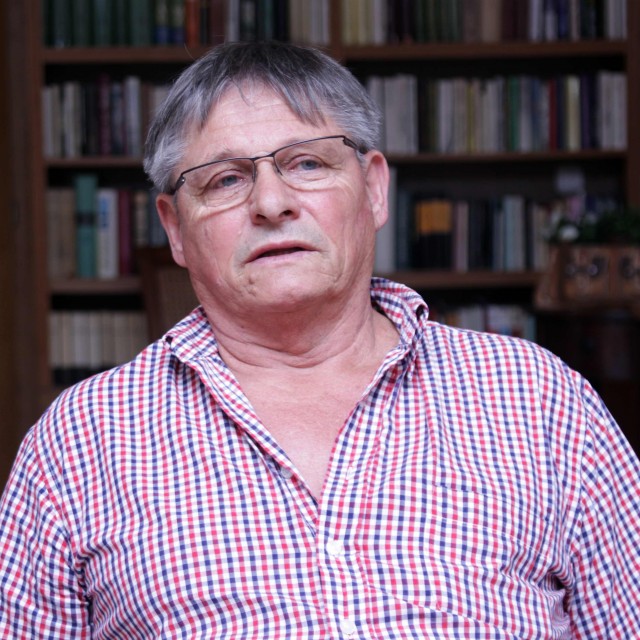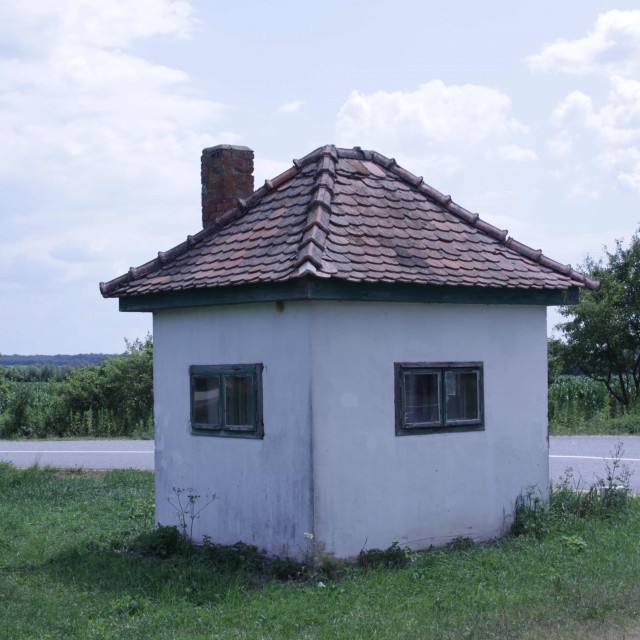Hoeing with an identity card with us
Ferenc Schlaffer was born in Pornóapáti, a Hungarian village which was in the border zone. He continued to live there until he reached majority at the age of 18. Then following the example of several people from his village, he climbed up the fencing and jumped off on the other side of the frontier. He arrived suddenly to Deutsch Schützen. As a local inhabitant, Ferenc Schlaffer knew well the structure of the border defence and its weaknesses. In Pornóapát: "the inhabitants of the village were living between two fences of wire." A fencing of wire separated the Hungarian municipality from Austria, but the more efficient means of defence, among them the electric fence, had been built on the eastern side of the village. This defended Pornó "against those who arrived from the outside, that is against those Hungarians who came one at a time towards the west.” Patrols controlled often the passengers in the railway station of the nearby city, Szombathely. The number of the identity cards was especially checked. "Number 1 was given to those who lived in Vas county very close to the frontier. Pornóapáti for example was in this region. Then Szombathely or Nára were number 2. Farer you lived in the country, the bigger number you had on your passport,” Schlaffer recalled. You could ask a permission to enter the border zone from the Ministry of the Interior, but those who applied for it, their reasons and in general their activity in the border zone was strictly controlled by the political police. "Also local people of Pornó was obliged to have their identity card with them, the 500 meter-permission in it to everywhere they went in the village, if they went to the field to work, to hoe. You had to have it in your pocket or in your bag in case you had to show it, to proof you were a local inhabitant,” he recalled. The whole village was severely controlled. On the real border line, in contrast with other parts of the Iron Curtain, it was impossible to create a strong defence line, for example of mines, because the Austrian and Hungarian villages were very close one to the other and there was big the risk of an unintentional accident.
Hodnocení
Hodnotilo 0 lidí
Routes
Not a part of any route.
Comments
No comments yet.




